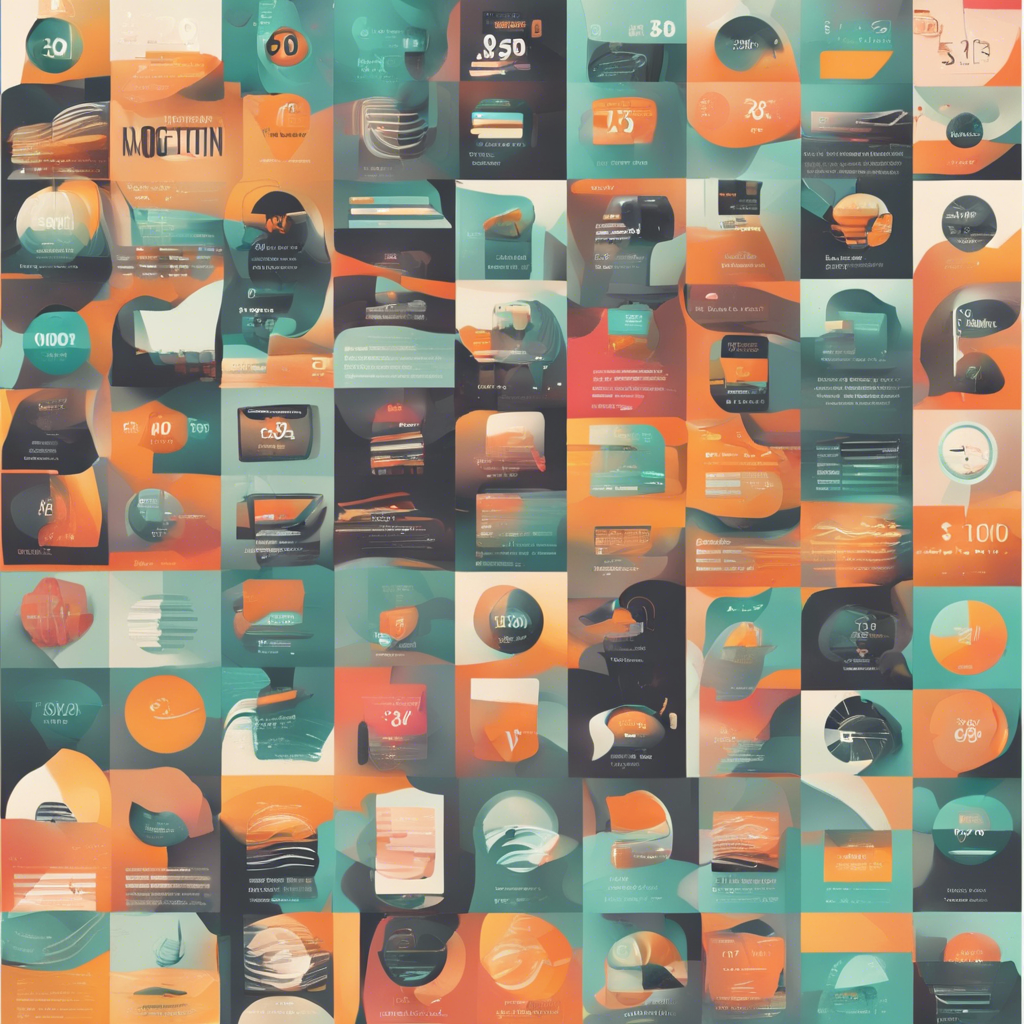How much to charge for a 30 second motion graphic?
Determining Pricing For A 30 Second Motion Graphic: Factors To Consider And Guidelines
Motion graphics have become an integral part of modern digital communication, enhancing brand messages through visually engaging storytelling techniques. If you’re considering hiring professionals or offering this service yourself, one crucial aspect to consider is pricing—specifically how much to charge for creating a high-quality, impactful piece within just thirty seconds. In this guide, we delve into key factors influencing cost determination and provide helpful guidelines based upon industry standards.
Experience Level: An essential determinant in setting rates revolves around experience level. Newcomers may initially offer competitive prices due to lower overhead costs while established studios command higher fees owing to their proven track record and expertise. It’s recommended new artists start at $25-$75 per hour until they build up clientele; mid-level talent could range from $65 -$140/hour whereas senior designers often exceed these figures substantially reaching even over five hundred dollars an hour depending on complexity required. However remember clients usually prefer working with experienced creatives regardless price tag so aim towards building reputation first before raising charges significantly
Complexity and Style: The complexity and style of the motion graphic are significant factors in pricing. Simple, minimalist designs with basic animations will cost less than intricate, detailed visuals with sophisticated motion paths and transitions. Factors such as 3D animations, custom illustrations, and special effects will increase the cost. A straightforward infographic might be on the lower end of the pricing spectrum, while a highly detailed, character-driven animation could command a much higher fee.
Project Scope and Length: Although the focus is on a 30-second duration, the overall scope of the project can affect costs. This includes the number of scenes, transitions, and unique elements required. More scenes and detailed transitions mean more work, translating to higher costs. Additionally, if the project involves multiple versions or adaptations for different platforms, the pricing will reflect the extra workload.
Pre-Production and Storyboarding: Effective motion graphics require thorough pre-production planning, including scriptwriting, storyboarding, and creating mood boards. These steps are crucial for aligning with the client’s vision and ensuring a smooth production process. Time spent in pre-production is often billed separately and can add to the overall cost. Clients should expect to pay more for comprehensive planning and detailed storyboards.
Software and Equipment: The choice of software and equipment used can influence pricing. High-end software and hardware enable the creation of more complex and polished animations but come with higher costs. Motion graphic artists often factor in the expense of software licenses, high-performance computers, and any other tools necessary for the project when determining their rates.
Revisions and Feedback: The number of revisions included in the contract can significantly impact pricing. Clients often request changes or adjustments after reviewing drafts. While some revisions are expected, extensive changes can lead to increased costs due to the additional time and resources required to implement them. Establishing clear guidelines for revisions in the initial contract can help manage expectations and control costs.
Turnaround Time: The deadline for project completion can also affect pricing. Rush projects that require quick turnaround times often come with a premium price due to the need for extended working hours or the allocation of additional resources to meet the deadline. Longer, more flexible timelines may result in lower costs as the work can be scheduled more efficiently.
Geographic Location: The geographic location of the motion graphic artist or studio can influence rates due to variations in the cost of living and market demand. Artists in major cities or regions with a high cost of living may charge more than those in less expensive areas. Remote work and global marketplaces have somewhat leveled the playing field, but location can still play a role in pricing.
Industry Standards and Guidelines: Understanding industry standards is crucial for both clients and motion graphic artists when determining fair pricing. For a 30-second motion graphic, prices can vary widely based on the factors mentioned above. Here are some general guidelines:
- Entry-Level Artists: $500 – $1,500 – Basic animations with simple graphics and limited revisions.
- Mid-Level Artists: $1,500 – $5,000 – Moderate complexity with custom elements, detailed animations, and a few revisions.
- High-End Professionals and Studios: $5,000 – $20,000+ – High-quality, intricate animations with comprehensive pre-production planning, custom graphics, and multiple revisions.
Conclusion: Determining the cost for a 30-second motion graphic involves considering various factors, including the experience level of the artist, the complexity and style of the animation, project scope, pre-production efforts, software and equipment used, the number of revisions, turnaround time, and geographic location. By understanding these elements and adhering to industry standards, clients and artists can establish fair pricing that reflects the value and quality of the work produced.
Discover more from EMD
Subscribe to get the latest posts to your email.
